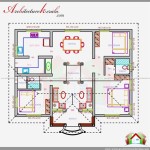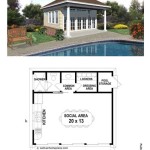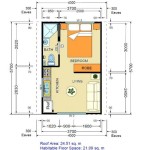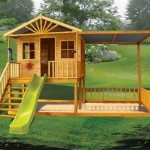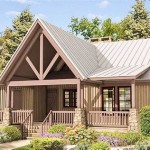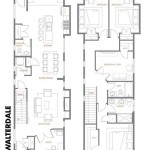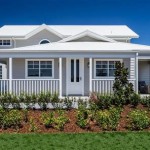Bird House Plans By Species: Essential Aspects to Consider
Providing nesting sites for birds is a wonderful way to attract these feathered friends to your yard. Building birdhouses specifically designed for different species can enhance their nesting success and support diverse bird populations.
When planning birdhouse designs based on species, consider the following essential aspects:
1. Entrance Hole Size: The size of the entrance hole determines which species can use the birdhouse. Consider the average size of the target bird's head and beak to prevent it from being too small or large.
2. Depth and Width: The depth and width of the birdhouse determine the available nesting space. Adjust these dimensions based on the size and nesting habits of the target species.
3. Height from the Ground: The height of the birdhouse from the ground provides protection from predators and elements. Ideal heights vary depending on the species, but generally range from 5 to 15 feet.
4. Ventilation: Proper ventilation is crucial to prevent moisture buildup and ensure a healthy nesting environment. Provide small ventilation holes near the top of the birdhouse, especially for species that breed in humid climates.
5. Drainage: A drainage hole at the bottom of the birdhouse allows water to drain, preventing nest damage during heavy rains. Make sure the hole is small enough to prevent the loss of nesting material.
6. Material: Choose durable materials such as cedar or redwood that can withstand weather conditions. Avoid using treated wood or materials that may release harmful chemicals.
7. Color: While color preferences vary among species, neutral colors like white or gray tend to be less noticeable by predators and help regulate temperature inside the birdhouse.
8. Perches: Some species, such as chickadees, may benefit from a small perch near the entrance hole. However, avoid adding perches for cavity-nesting species like bluebirds, as they can provide a foothold for predators.
9. Maintenance: Birdhouses should be cleaned annually after nesting season to remove old nesting material and prevent disease buildup. Wear gloves and a mask during cleaning to avoid contact with bird droppings.
By carefully considering these essential aspects, birdhouse plans can be optimized for specific bird species and provide them with a safe and suitable nesting environment. Remember, providing birdhouses is just one part of supporting bird populations; ensure you also offer other resources such as food, water, and natural habitats.

Birdhouse Plans 70birds Index

Birdhouse And Nest Box Plans For Several Bird Species The Birders Report

Birdhouses And Boxes Ornithology

Birdhouse And Nest Box Plans For Several Bird Species The Birders Report

Free Bird House Plans Bluebird Purple Martin Wren More

Nestwatch All About Birdhouses

Design Your Own Bird Houses The Guy Shed House Kits Plans

Birdhouse Plans 70birds Index

Free Wren House Plans Easy Diy Project

Birdhouse And Nest Box Plans For Several Bird Species The Birders Report

